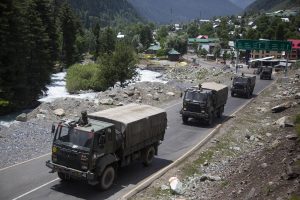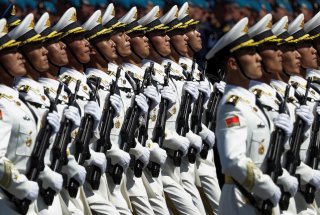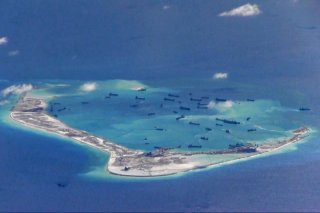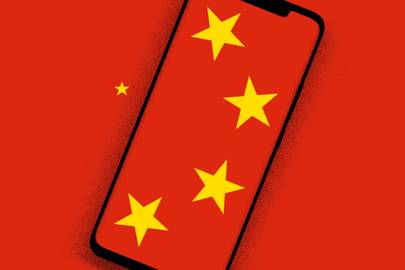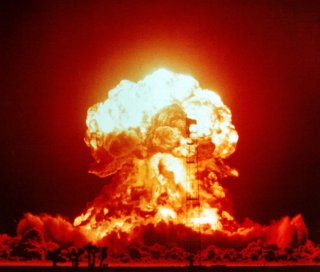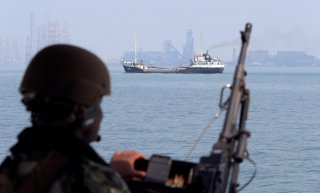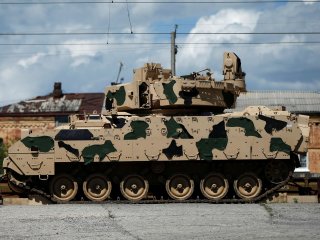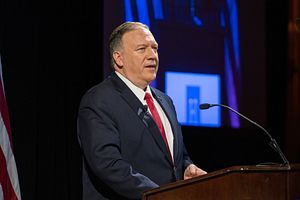Xi Jinping and Vladimir Putin are attempting to put economics at the center of their strategic partnership. “Economic cooperation and trade, as a key pillar of our relations, is crucial to the common development and revitalization of China and Russia,” Xi said during a visit to Moscow in June 2019.1 “We enjoy an unprecedentedly high level of trust and cooperation,” Putin said several months later. “This is an allied relationship in the full sense of a multifaceted strategic partnership. This is reflected in the economy.”2
Xi and Putin’s signature economic visions even appear complementary at first glance. Xi’s Belt and Road Initiative (BRI) has unleashed Chinese companies to build roads, railways, fiber-optic cables, and other hard infrastructure across the Eurasian supercontinent and beyond. Putin’s Eurasian Economic Union (EAEU) harmonizes customs processes to create a single market among Russia, Armenia, Belarus, Kazakhstan, and Kyrgyzstan. The world, and especially where these efforts most directly overlap in Central Asia, needs both “hard” and “soft” infrastructure upgrades. Playing up their personal relationship, Xi and Putin have repeatedly promised to “link” the BRI and EAEU. But they have provided few practical details, leaving observers to speculate about the future of their economic relations.
This report examines four dimensions of China-Russia connectivity and reveals a growing partnership that faces structural constraints. Trade is highly concentrated in natural resources, where Chinese and Russian interests most strongly overlap. Investment is constrained by corruption and poor infrastructure in Russia. People-to-people ties have been improving but mistrust remains, as the Covid-19 pandemic has revealed. Even as China and Russia cooperate in building digital infrastructure, each side imposes restrictions that limit data flows. Standing in the way of deeper connections are Russia’s development challenges and both governments’ obsessions with maintaining control.3
 Immediately after the first gulf war in the early 1990’s the theories of Revolution in Military Affairs (RMA) and Information Warfare were being studied all over the world as a new kind of warfare. During that time, a course on Information Warfare was conducted at the National Defense University of USA. The course participants were from senior officers of the armed forces, representatives of Department of Defence and Department of State and policy makers from the government. Rand Corporation of US was conducting this course. Continue reading.......
Immediately after the first gulf war in the early 1990’s the theories of Revolution in Military Affairs (RMA) and Information Warfare were being studied all over the world as a new kind of warfare. During that time, a course on Information Warfare was conducted at the National Defense University of USA. The course participants were from senior officers of the armed forces, representatives of Department of Defence and Department of State and policy makers from the government. Rand Corporation of US was conducting this course. Continue reading.......